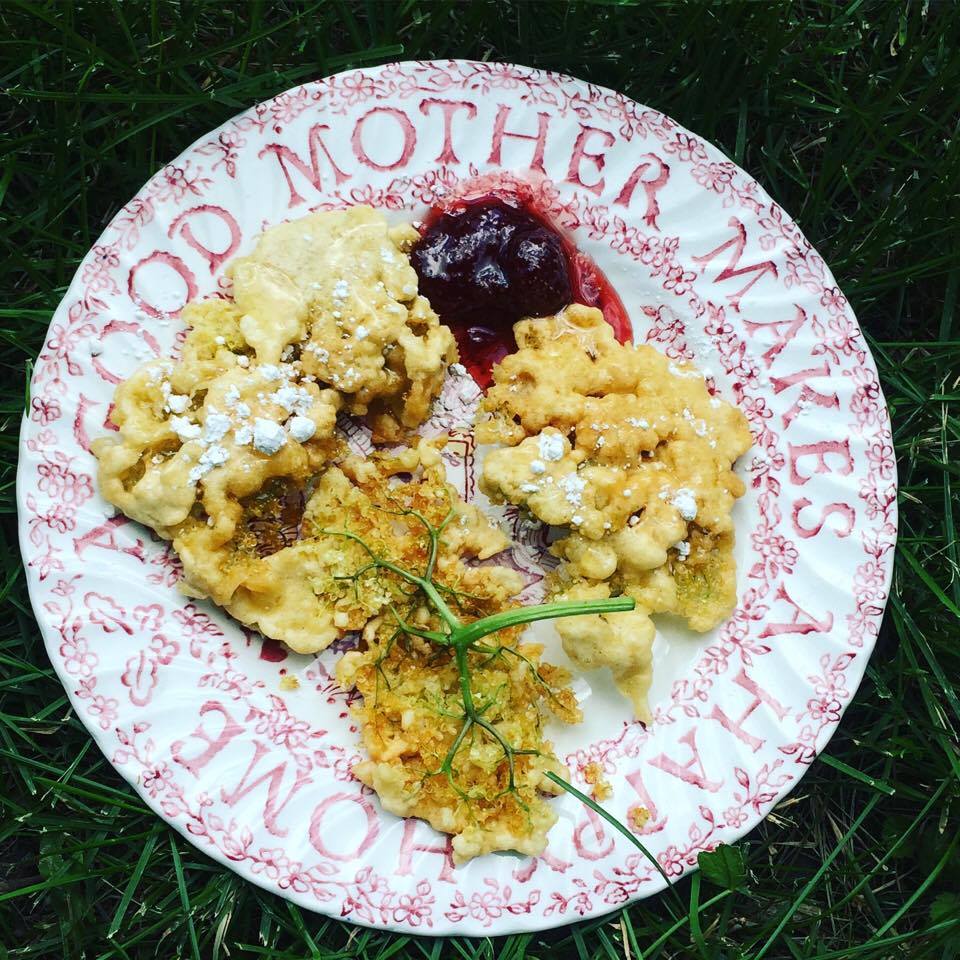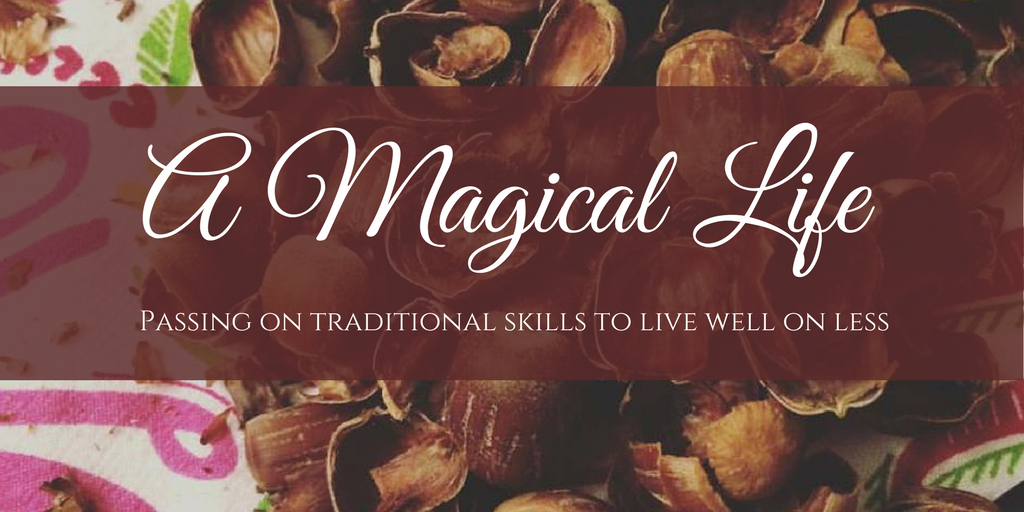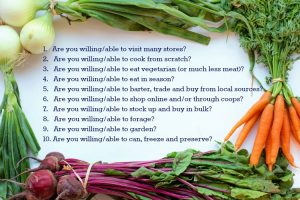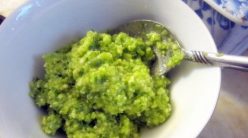#FYFO100 checklist: the 10 biggest ways to making organic food affordable
Please follow and like us:
Related Posts
07 FEB
Our 2024 Foraging Wrap-Up
2024 was a fairly good foraging year for our family. We've been foraging for about 20 years now and some years we gather hundreds of...
10 JUN
Garlic Scape Pesto
Garlic scapes are in season at the moment, and they are delicious to use in garlic scape pesto. What are garlic scapes? These...
21 MAY
Harvest Recipe: Rhubarb Lemonade
We recently had a bounty of rhubarb and I found myself looking for a great way to use it past the usual recipes. When I stumbled across a...
12 APR
Review: Eating Wild Japan
Looking for information on foraging in Japan, or just interested in learning about traditional Japanese wild foods? Eating Wild Japan is...
29 MAR
Setting Up a Green Kitchen On a Budget
So you've decided you want to start cooking and eating more naturally, but you don't have the money to invest in $500 blenders and...








1 thought on “#FYFO100 checklist: the 10 biggest ways to making organic food affordable”
Alicia Bayer
(October 6, 2017 - 8:51 pm)If you want to really save money, these steps will allow you to save way more than getting organic groceries at Walmart. For instance, we put up 50 pounds of wild asparagus this year that was harvested from pesticide-free areas and was free, along with approximately 15 gallons of elderberries and many other wild foods. Those were all free. I can’t begin to count the pounds of organic tomatoes we got from our garden, plus black raspberries, asparagus, herbs, zucchini, broccoli and so on. Most of our garden is stocked for free (saved seeds, swapped plants, inexpensive heirloom and organic seeds, etc.). We barter our excess harvests with others who have things we’d like, like elderberries for plums from a neighbor’s tree. Eating in season saves more money. Canning, freezing and drying surplus (whether purchased, grown or foraged) also makes a huge difference.
I’m not sure if you’re disagreeing with the whole list or something in particular, but we fed 8 people (2 adults, 4 teenagers and 2 children) for less than $300 last month, and that was almost exclusively organic food — and very good food, at that. It works for us. 🙂